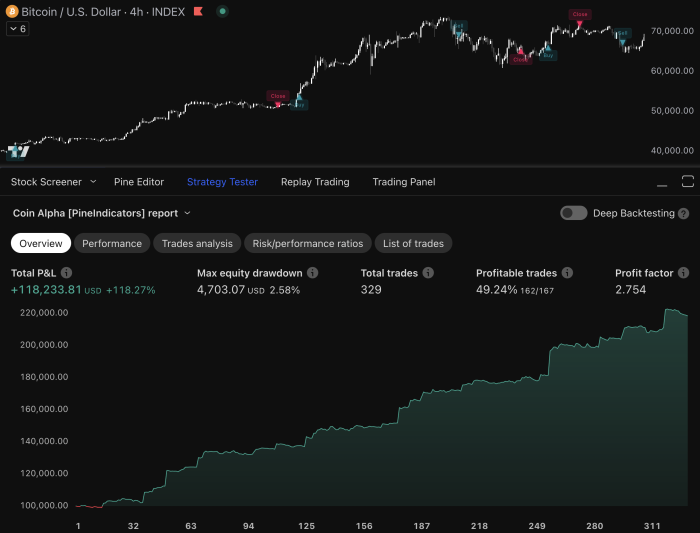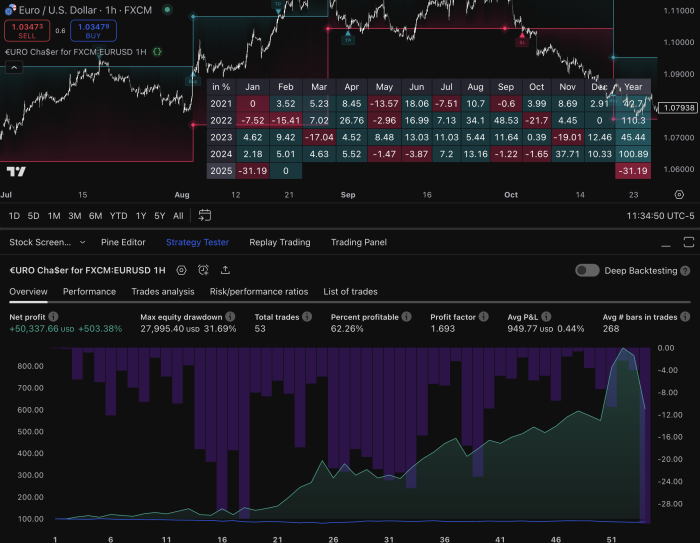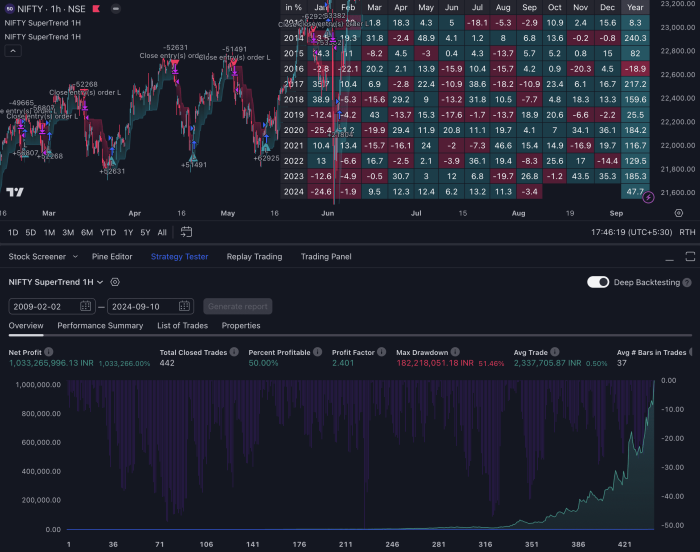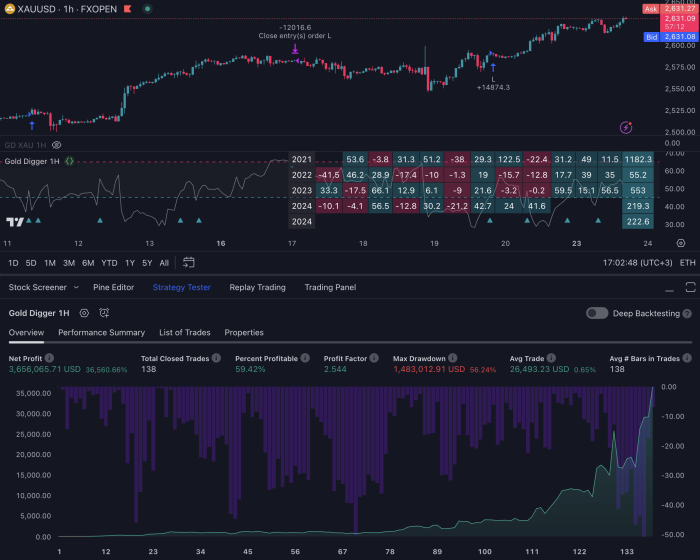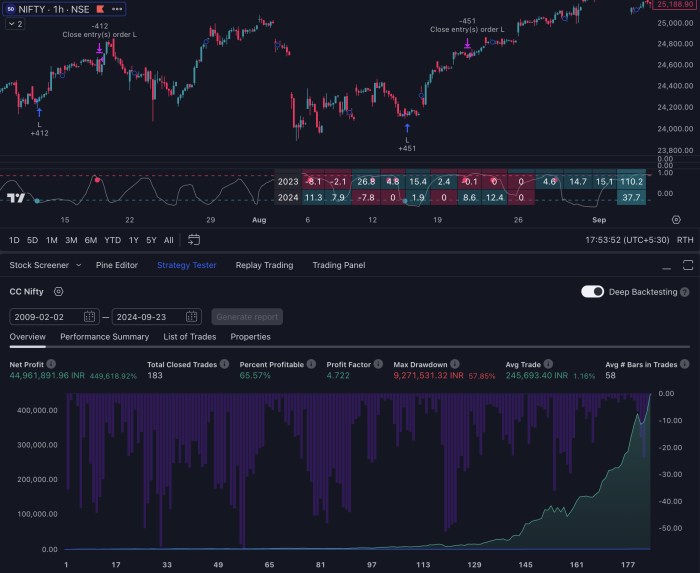Custom trading strategy programming is a sophisticated approach that allows traders to create personalized algorithms tailored to their specific trading goals and risk tolerance. Unlike generic trading systems, which often rely on broad market indicators and historical data, custom strategies are designed to reflect the unique insights and preferences of individual traders. This programming can encompass a wide range of techniques, from simple rule-based systems to complex machine learning algorithms that adapt to changing market conditions.
The essence of custom trading strategy programming lies in its ability to leverage technology to enhance decision-making processes, thereby increasing the potential for profitable trades.
At its core, custom trading strategy programming involves the use of various programming languages and tools to develop algorithms that can analyze market data, execute trades, and manage risk. Traders can utilize platforms such as MetaTrader, NinjaTrader, or proprietary systems that allow for extensive customization.
The programming process typically involves defining specific entry and exit criteria, risk management rules, and performance metrics. By automating these processes, traders can eliminate emotional biases and make more objective decisions based on data-driven insights. This level of customization not only enhances the trader’s ability to respond to market dynamics but also provides a competitive edge in an increasingly crowded trading landscape.
Key Takeaways
- Custom trading strategy programming involves creating unique algorithms and rules to automate trading decisions.
- Tailored trading strategies can provide a competitive edge by taking into account individual trading preferences and risk tolerance.
- Developing a custom trading strategy involves defining objectives, backtesting, and refining the strategy based on historical data.
- Choosing the right programming language for your strategy depends on factors such as speed, ease of use, and compatibility with trading platforms.
- Testing and refining a custom trading strategy is crucial for ensuring its effectiveness and profitability in real market conditions.
The Benefits of Tailored Trading Strategies
One of the primary advantages of tailored trading strategies is the ability to align them with individual risk profiles and investment objectives. Every trader has a unique approach to risk management, influenced by factors such as capital allocation, market experience, and personal financial goals. Custom strategies allow traders to incorporate their specific risk tolerance into the algorithm, ensuring that the system operates within their comfort zone.
For instance, a conservative trader may prioritize capital preservation and opt for a strategy that emphasizes low volatility and steady returns, while an aggressive trader might seek high-risk opportunities with the potential for substantial gains. Moreover, tailored trading strategies can adapt to changing market conditions more effectively than off-the-shelf solutions. Markets are inherently dynamic, influenced by a myriad of factors including economic indicators, geopolitical events, and investor sentiment.
A custom strategy can be designed to incorporate real-time data feeds and adjust its parameters accordingly. For example, a trader might develop a strategy that increases its exposure during bullish trends while reducing risk during bearish phases. This adaptability not only enhances the potential for profit but also helps mitigate losses during unfavorable market conditions.
The Process of Developing a Custom Trading Strategy

Developing a custom trading strategy is a multi-step process that requires careful planning and execution. The first step typically involves defining clear objectives and parameters for the strategy. Traders must consider their investment goals, time horizon, and risk tolerance before proceeding.
This foundational work is crucial as it sets the stage for all subsequent decisions regarding the strategy’s design and implementation. For instance, a day trader may focus on short-term price movements and require a strategy that capitalizes on intraday volatility, while a swing trader might look for patterns over several days or weeks. Once the objectives are established, the next phase involves selecting the appropriate indicators and methodologies that will drive the strategy.
Traders often rely on technical analysis tools such as moving averages, Bollinger Bands, or Relative Strength Index (RSI) to identify potential entry and exit points. Additionally, some traders may incorporate fundamental analysis by analyzing economic reports or company earnings to inform their decisions. The combination of these analytical approaches allows for a more comprehensive understanding of market dynamics and enhances the robustness of the trading strategy.
Choosing the Right Programming Language for Your Strategy
| Programming Language | Popularity | Performance | Community Support |
|---|---|---|---|
| Python | High | Good | Strong |
| JavaScript | Very High | Moderate | Very Strong |
| Java | High | Excellent | Strong |
| C++ | Moderate | Excellent | Moderate |
The choice of programming language is a critical factor in the development of a custom trading strategy. Different languages offer varying levels of flexibility, ease of use, and integration capabilities with trading platforms. Popular languages for trading strategy programming include Python, R, C++, and JavaScript.
Python has gained significant traction in recent years due to its simplicity and extensive libraries for data analysis and machine learning. Libraries such as Pandas and NumPy facilitate data manipulation, while frameworks like TensorFlow enable the implementation of advanced machine learning algorithms. On the other hand, C++ is favored for high-frequency trading due to its speed and efficiency in executing trades.
Its low-level capabilities allow for fine-tuned control over system resources, making it ideal for strategies that require rapid execution and minimal latency. JavaScript is often used in web-based trading applications, allowing for interactive user interfaces and real-time data visualization. Ultimately, the choice of programming language should align with the trader’s technical proficiency, the complexity of the strategy being developed, and the specific requirements of the trading platform being utilized.
Testing and Refining Your Custom Trading Strategy
Once a custom trading strategy has been developed, rigorous testing is essential to ensure its viability in real-world conditions. This process typically involves backtesting the strategy against historical market data to evaluate its performance over various market scenarios. Traders can use software tools that simulate trades based on historical price movements, allowing them to assess key performance metrics such as return on investment (ROI), maximum drawdown, and win/loss ratio.
Backtesting provides valuable insights into how the strategy would have performed in different market environments, helping traders identify potential weaknesses or areas for improvement. In addition to backtesting, forward testing is another critical component of the validation process. This involves deploying the strategy in a simulated or live trading environment with real-time data but using a limited amount of capital to minimize risk.
Forward testing allows traders to observe how their strategy performs under current market conditions and provides an opportunity to make adjustments based on real-world feedback. Continuous refinement is crucial; traders should remain vigilant in monitoring their strategies’ performance and be prepared to iterate on their designs as new data becomes available or as market conditions evolve.
Implementing Your Custom Trading Strategy

Implementing a custom trading strategy requires careful consideration of execution methods and risk management protocols. Once testing has confirmed that the strategy is robust enough for live trading, traders must decide how they will execute trades—whether manually or through automated systems. Automated execution can significantly enhance efficiency by allowing trades to be executed instantly based on predefined criteria without human intervention.
This is particularly beneficial in fast-moving markets where delays can result in missed opportunities or increased slippage. Risk management is another critical aspect of implementation. Traders must establish clear guidelines regarding position sizing, stop-loss orders, and profit-taking strategies to protect their capital from unforeseen market movements.
For example, a trader might decide to limit their exposure to any single trade by risking no more than 1% of their total capital on each position. This disciplined approach helps ensure that even a series of losing trades does not lead to catastrophic losses.
Monitoring and Adjusting Your Strategy for Success
The financial markets are constantly evolving; therefore, ongoing monitoring of a custom trading strategy is essential for sustained success. Traders should regularly review performance metrics to assess whether the strategy continues to meet its objectives. Key indicators such as profitability, drawdown levels, and trade frequency should be analyzed periodically to identify trends or anomalies that may warrant adjustments.
For instance, if a strategy experiences an extended period of underperformance, it may be necessary to revisit its underlying assumptions or tweak its parameters. In addition to performance monitoring, external factors such as changes in market conditions or economic indicators should also be taken into account. A strategy that was effective during a bull market may not perform well during periods of high volatility or economic downturns.
As such, traders should remain adaptable and open to modifying their strategies in response to new information or shifts in market sentiment. This proactive approach not only enhances resilience but also positions traders to capitalize on emerging opportunities.
The Future of Custom Trading Strategy Programming
The future of custom trading strategy programming is poised for significant advancements driven by technological innovations and evolving market dynamics. One notable trend is the increasing integration of artificial intelligence (AI) and machine learning into trading strategies. These technologies enable algorithms to learn from vast amounts of data and adapt their decision-making processes over time.
As AI continues to evolve, traders will have access to more sophisticated tools that can analyze complex patterns and generate insights that were previously unattainable. Furthermore, the rise of decentralized finance (DeFi) platforms presents new opportunities for custom trading strategies within blockchain ecosystems. As more traders seek alternatives to traditional financial systems, there will be an increasing demand for tailored solutions that can operate within these decentralized environments.
This shift could lead to innovative approaches in liquidity provision, yield farming strategies, and automated market-making algorithms. In conclusion, as technology continues to reshape the landscape of financial markets, custom trading strategy programming will remain at the forefront of this evolution. Traders who embrace these advancements will be better equipped to navigate an increasingly complex environment while maximizing their potential for success.
If you are interested in custom trading strategy programming, you may also want to check out this article on strategies for volatile market conditions. This article provides valuable insights on how to navigate and thrive in unpredictable market environments. It complements the idea of creating custom trading strategies by offering specific tactics for adapting to changing market conditions.
FAQs
What is custom trading strategy programming?
Custom trading strategy programming involves creating a unique set of rules and conditions for buying and selling financial instruments, such as stocks or currencies, using a programming language. This allows traders to automate their trading strategies and execute trades based on specific criteria.
Why would someone use custom trading strategy programming?
Traders use custom trading strategy programming to automate their trading process, backtest their strategies, and execute trades based on predefined rules. This can help eliminate emotional decision-making and improve efficiency in executing trades.
What programming languages are commonly used for custom trading strategy programming?
Common programming languages used for custom trading strategy programming include Python, R, and MQL4 (MetaQuotes Language 4). These languages are popular due to their flexibility, ease of use, and extensive libraries for financial analysis and trading.
Can custom trading strategy programming be used for different types of financial instruments?
Yes, custom trading strategy programming can be used for various financial instruments, including stocks, options, futures, and forex. Traders can customize their strategies to fit the specific characteristics and behaviors of different financial markets.
What are the benefits of using custom trading strategy programming?
Some benefits of using custom trading strategy programming include the ability to backtest strategies, automate trading processes, eliminate emotional decision-making, and execute trades based on specific criteria. This can lead to improved efficiency and potentially better trading results.

